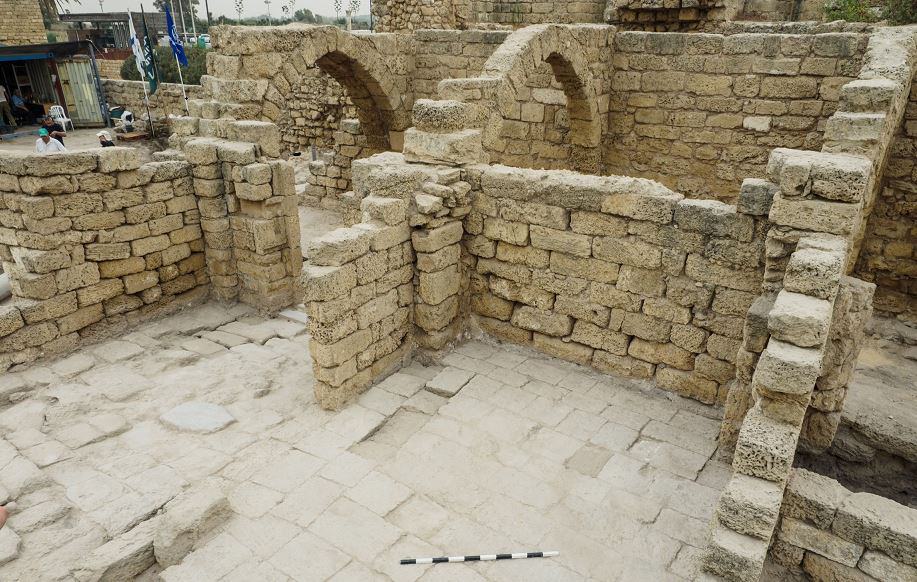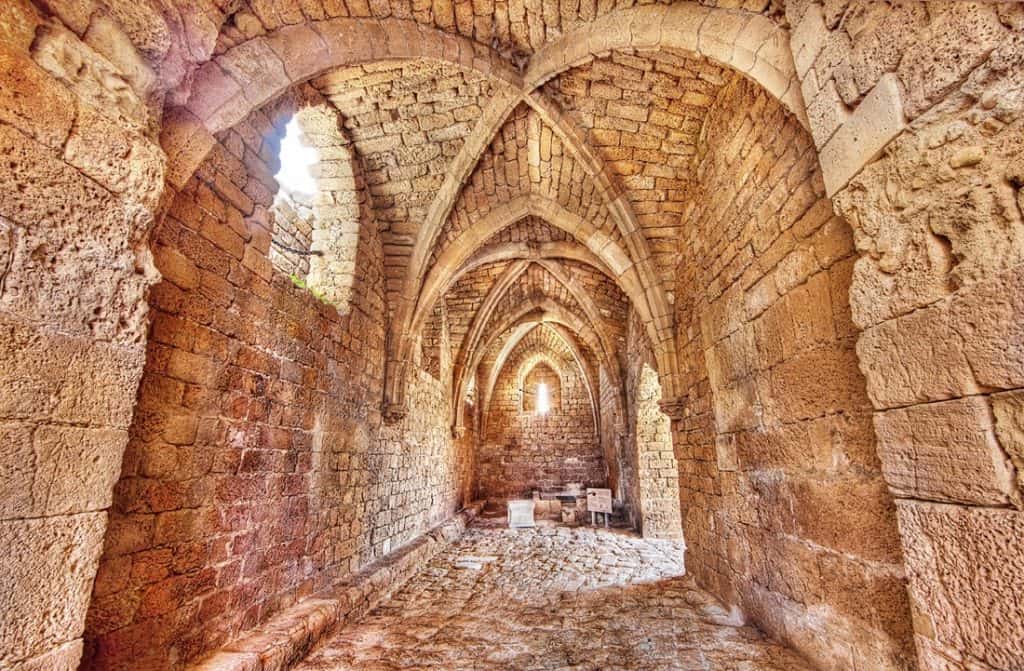The Harbor Vaults and the Temple of Augustus
The heart of the city and the center of its ritual and commercial activity. On the temple stage, supported in part by a magnificent array of vaults, stands the Temple of Augustus and Rome- the main and most important of the city’s temples. Eventually, the religious buildings on the stage were replaced by those of the consecutive religions that had ruled the city.
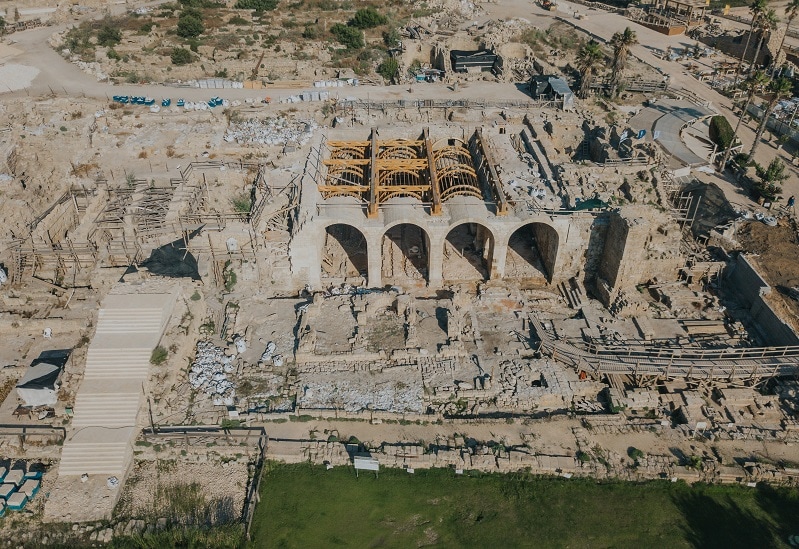
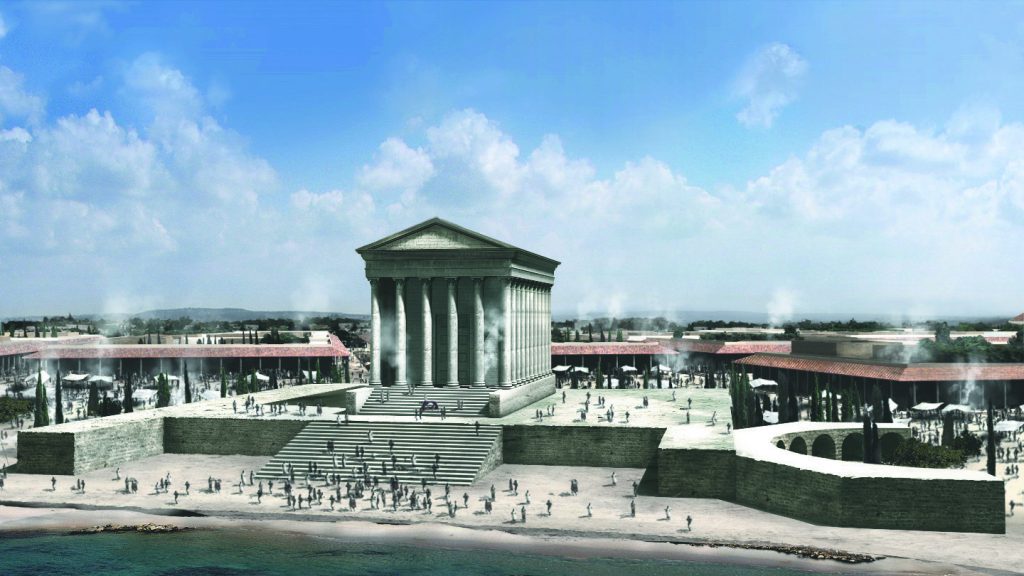
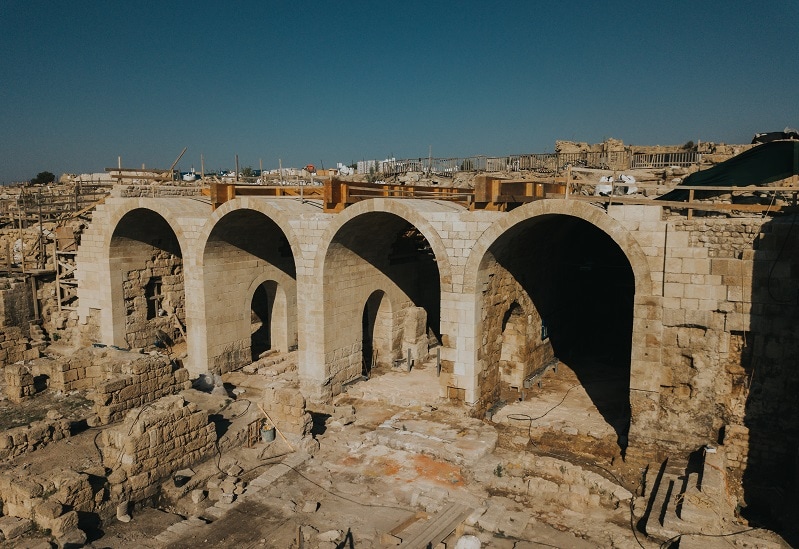
The Visitors’ Center
A unique and innovative visitors center has been established in four southern vaults that formed part of an array of fourteen vaults. The visitors’ center displays treasures, historic archeological remains, cargo from shipwrecks and an epic film depicting King Herod as no one has dared to show. Read more about the Visitors Center here.
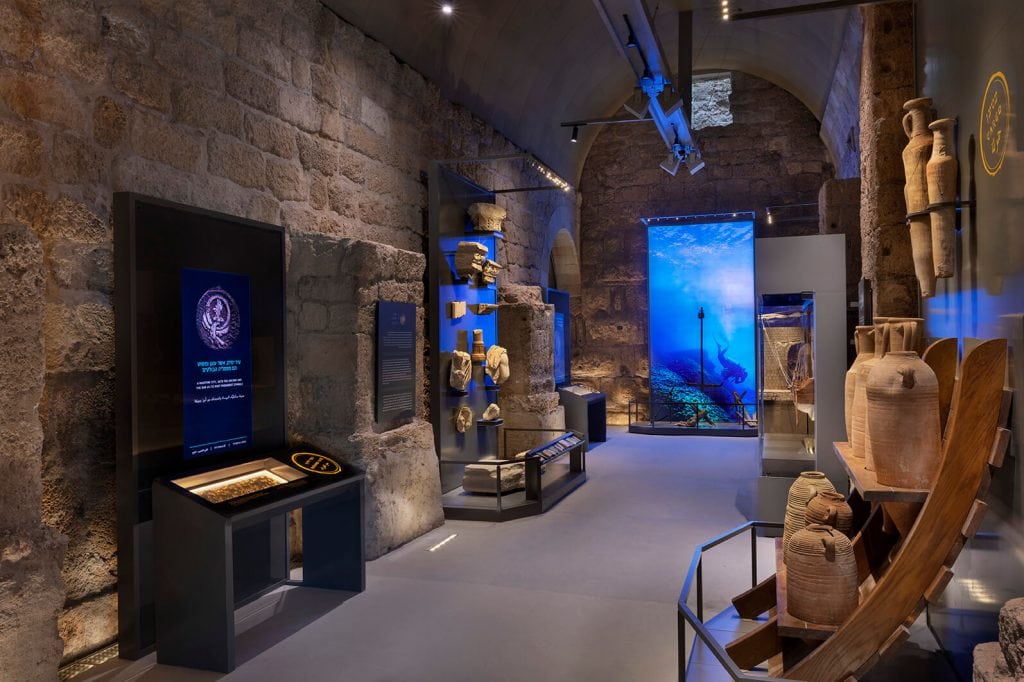
The Port Warehouses
Huge shipyards designed to serve hundreds of ships of various sizes and showing the strength and scope of the port. Today it serves as a beautiful observation point over the sea.
The Wall Promenade
The Wall Promenade, which begins at the south gate of the Crusader city, is a walking track of about 1500 meters along a fascinating fortification system. The watchtower that now overlooks the southern area of the site provides a view of the ancient Roman “amusement district” which includes: the Theater, the Hippodrome, the Bathhouse and the Reef Palace. Further along the wall through the eastern and up to the northern entrance gate is a building with an upper floor surrounded by embrasures or “firing windows.”
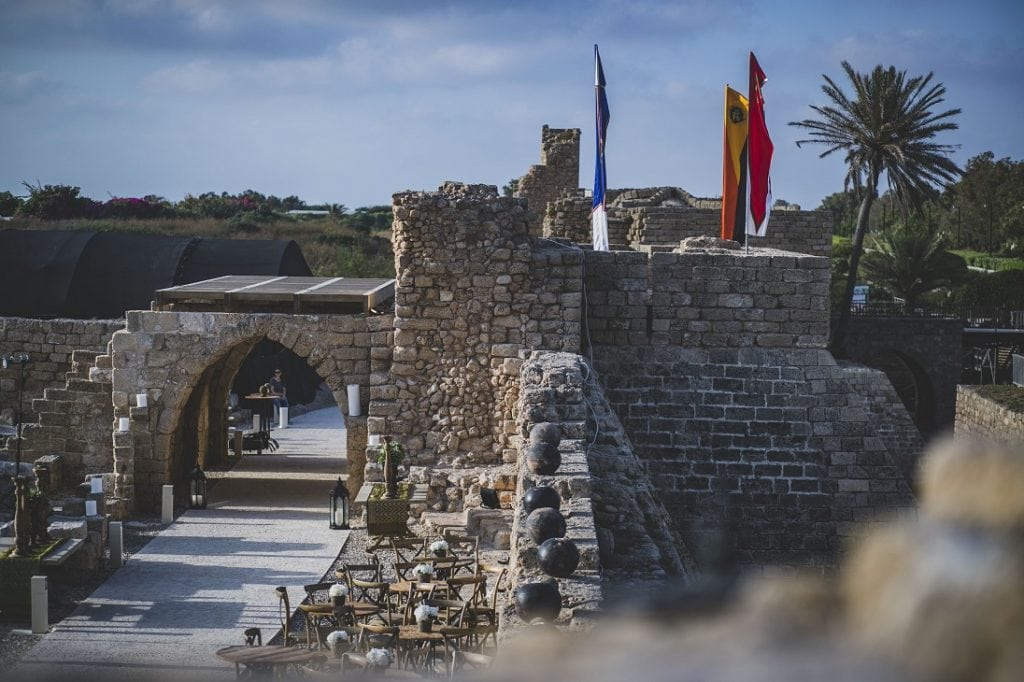
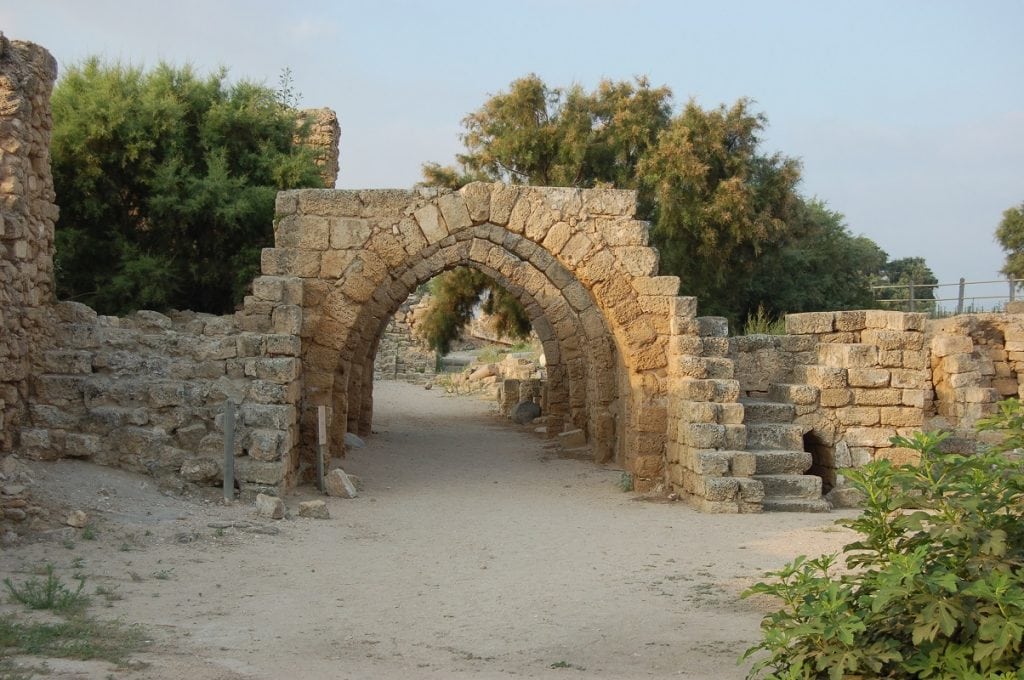
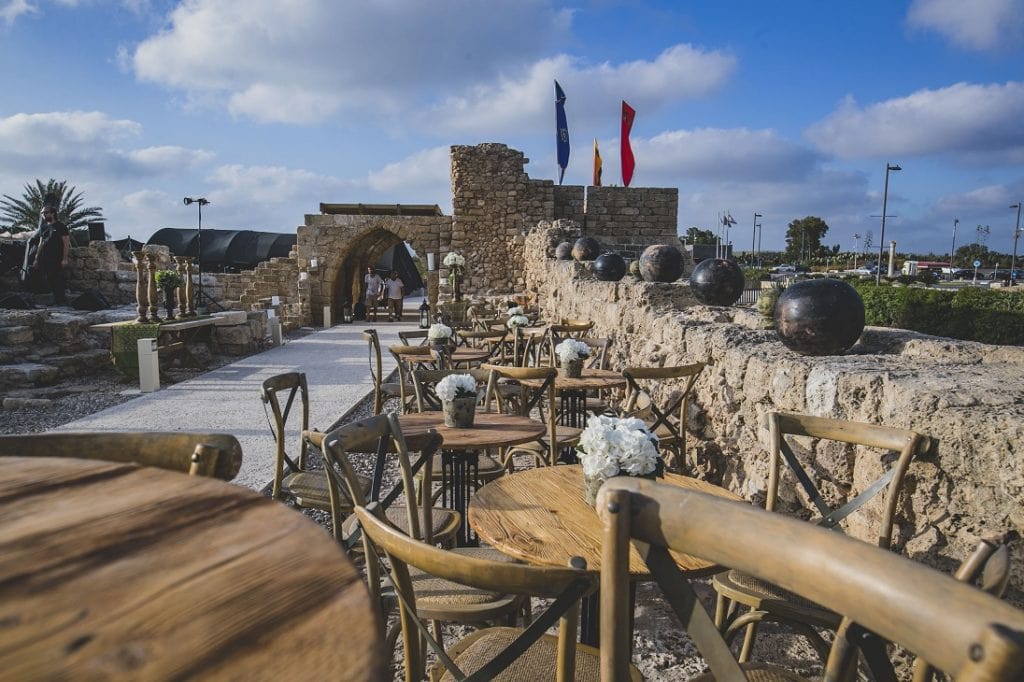
Nymphaeum
The nymphaeum (public fountain) is an architectural monument that was common in Roman cities. It was built with a magnificent façade that combined fountains, water canals and a pool. Niches and statues were used for decoration, and the flowing water added sound and movement. The nymphaeum in Caesarea was placed at the intersection of the main decumanus (an east–west-oriented road) and the Herodian port. It was a major point of interest in the city that was highlighted through the monument. The nymphaeum was first identified in the 1960s, as part of larger excavation work. A figurine of Asclepius, the Roman god of medicine and his daughter Hygieia, the goddess of health, was discovered at the site.
In 2013, a decision was made to preserve and restore the nymphaeum. The Israel Antiquities Authority carried out excavation work of the later strata, which re-exposed the fountain as well as a section of the Roman street and the Byzantine street. Today a spectacular replica of the goddess Hygieia is displayed in the central niche.
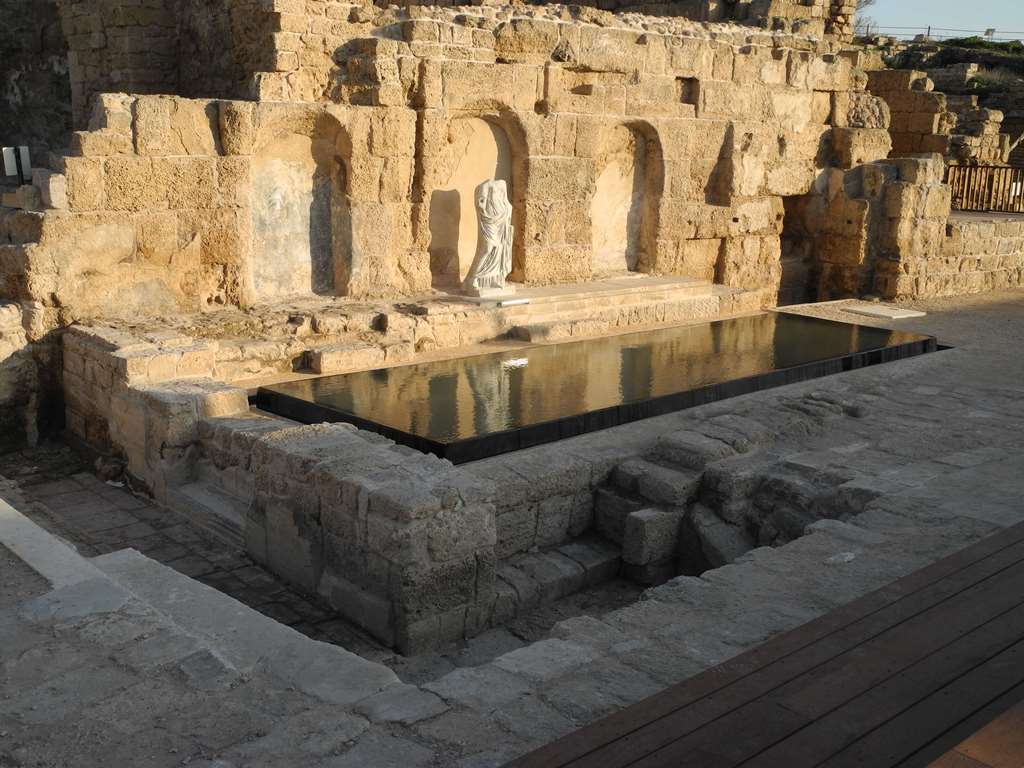

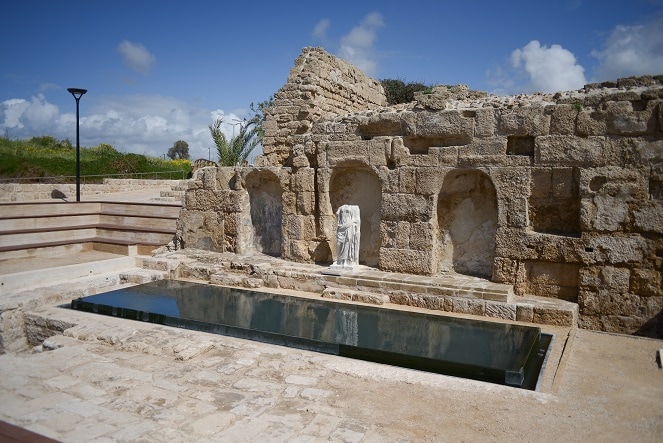
The Crusader Market
The development and accessibility work for the “Crusader Wall Promenade” also revealed impressive remains of a market that was active and vibrant during the Crusader period, more than 700 years ago. Shops operated on the ground floor of the exposed buildings while the second floor was used for residence. Some of the rooms were tiled with colored mosaic and others with marble slabs.
